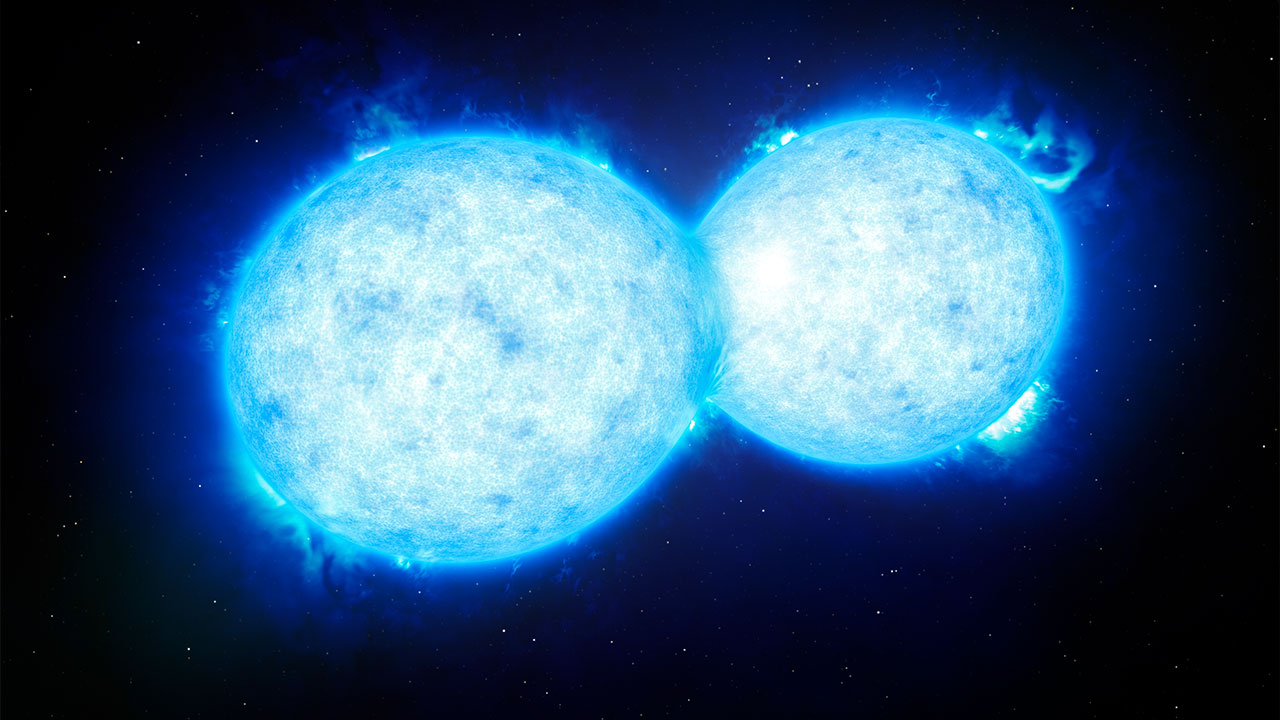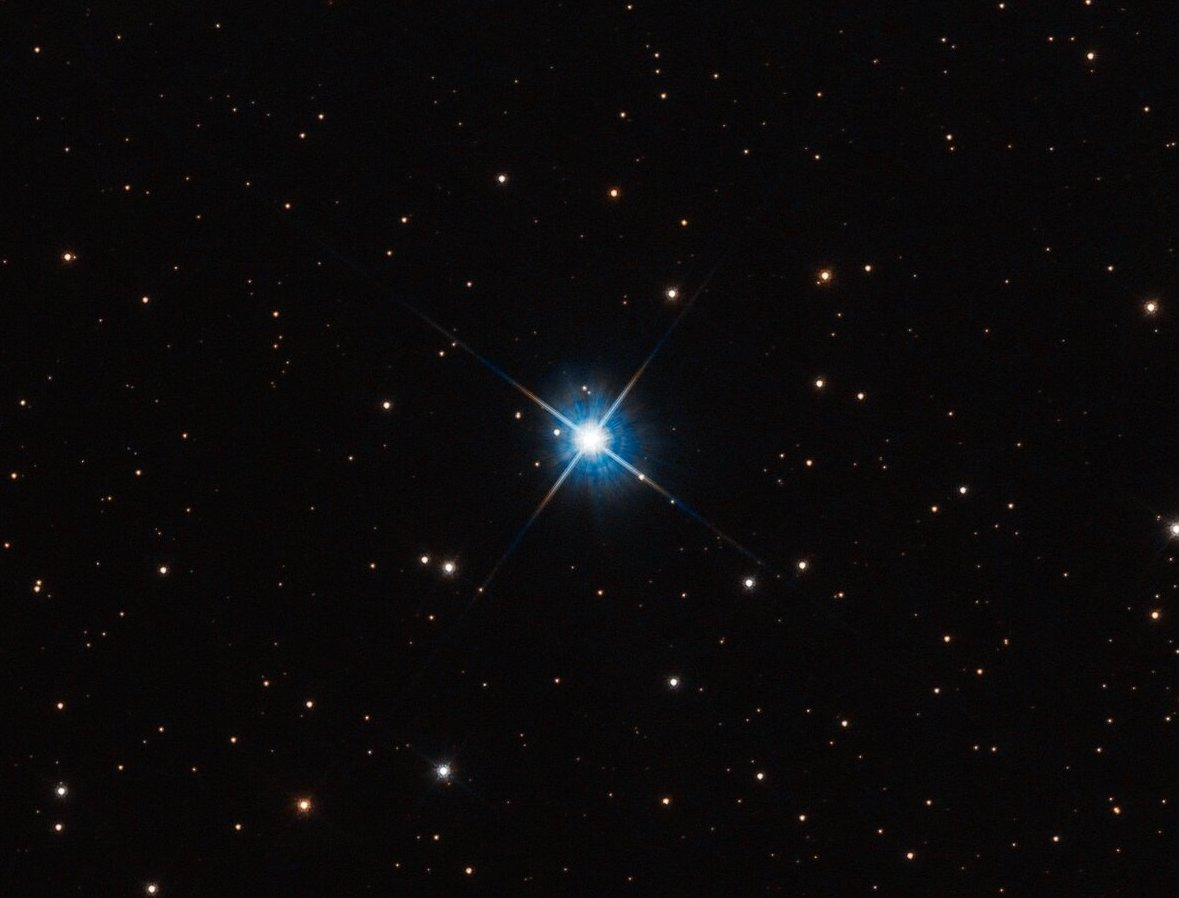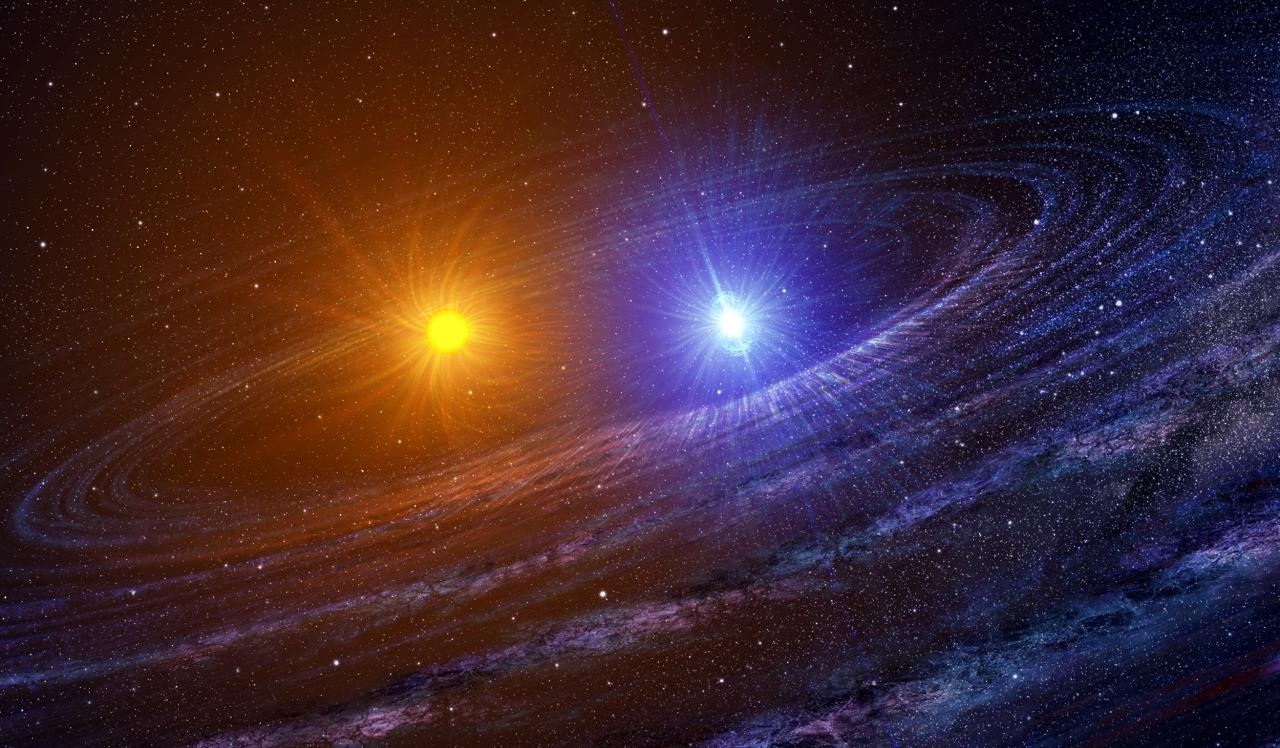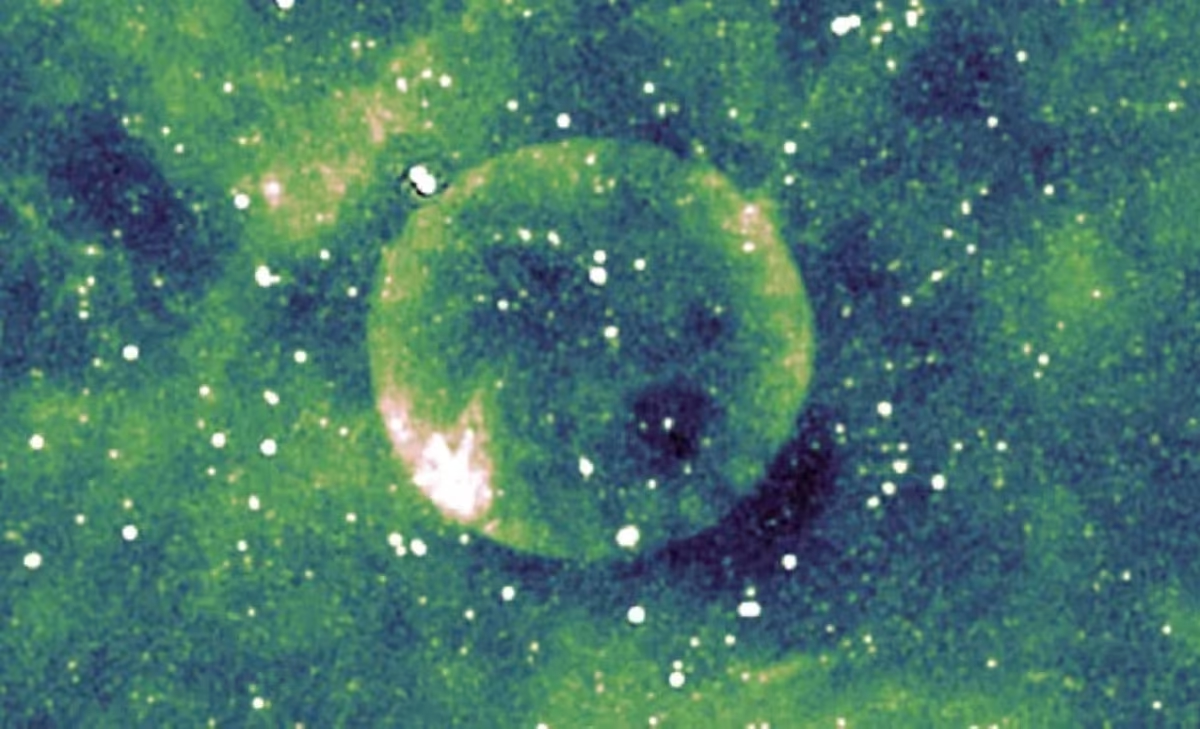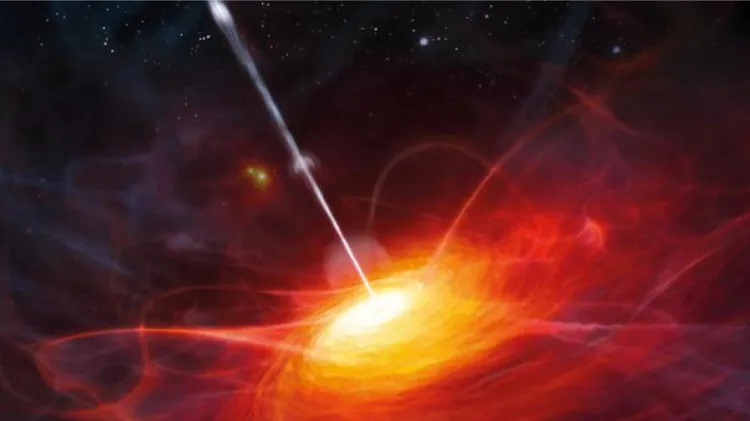While the life cycle of stars is often portrayed as a predictable path from birth to supernova or black hole, stellar collisions present a dramatic and lesser-known chapter in the universe’s story. When two stars—especially in binary systems—spiral into each other due to gravitational forces, they merge in a cataclysmic event that can release more energy than a typical supernova. These rare yet powerful collisions are not just cosmic fireworks—they’re key to understanding the formation of exotic objects like neutron stars, kilonovae, and even gravitational waves.
In recent years, observatories like LIGO and Virgo have detected the gravitational ripples produced by these collisions, offering groundbreaking evidence that confirms predictions from Einstein’s theory of general relativity. These events also help explain the cosmic origin of heavy elements like gold and platinum, which are forged in the extreme heat and pressure generated during the merger. It’s a revelation that has redefined our understanding of both stellar evolution and the chemical makeup of our universe.
Stellar mergers remind us that space is far from static. These high-energy events shape galaxies, create new celestial bodies, and provide astronomers with a rare glimpse into the most violent processes in the cosmos. As our observational tools improve, scientists continue to uncover how these collisions influence the life—and death—of stars on a galactic scale.

